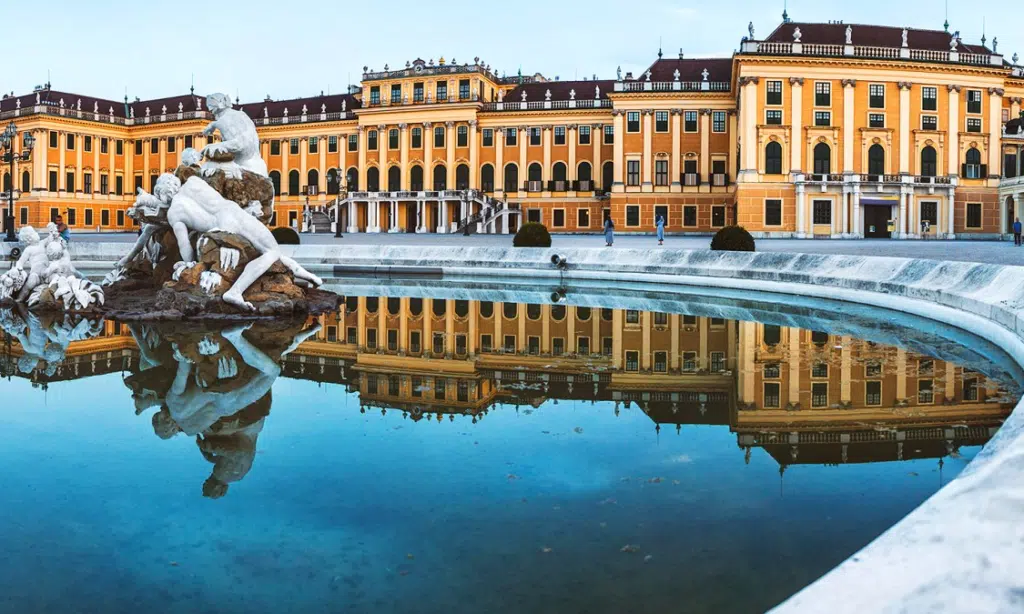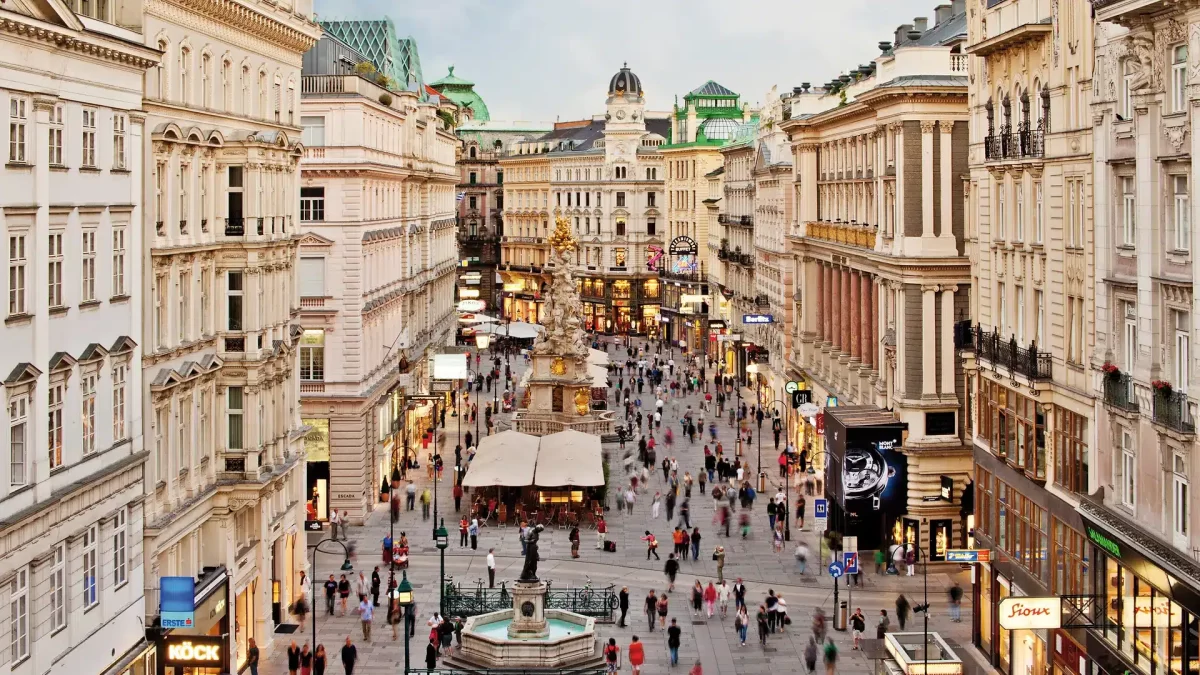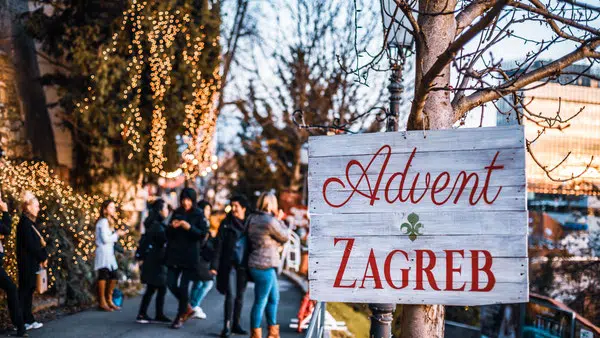So, what is the best time to visit Vienna? The short answer is that Vienna is a beautiful city visited all year. Why is it so? The city’s attractions and events make it appealing in all seasons. The winter features festive Christmas markets, although the weather can be cold. Summer brings warm weather, making it a great time to enjoy the city’s outdoor spaces and street café culture. Visiting outside the summer and holiday seasons means fewer tourists, providing a more serene experience. Vienna’s vibrant cultural scene offers something for everyone, from live music to relaxing in a traditional coffee house. Whether you want to enjoy a beer in a summer Biergarten or avoid the crowds, here’s our guide to the best time to visit Vienna.

©architecturaldigest.com
Our website includes affiliate links. So, remember that we may receive commissions when you click our links and make purchases. Please read our legal disclaimer document for more information about our Affiliate disclaimer and other disclaimers like the Fair-Use disclaimer.
Vienna Climate and Annual Temperatures
Vienna, located in central Europe, has an oceanic/humid climate with four distinct seasons. Summers are warm and moist, with July and August often reaching scorching temperatures above 38°C. Winters are cold and dry, with average temperatures around 0°C. Spring and autumn are variable, with November and March being quite chilly and often experiencing snowfalls. September and May are shoulder months with pleasant temperatures and many sunny days. Precipitation is moderate, and the region experiences consistent wind throughout the year.
More affordable flight prices
For the budget-conscious traveler, consider the off-peak seasons when flying to Vienna. The peak season for flights to Vienna is July, August, and December, with higher ticket prices. In contrast, the low season for purchasing tickets is January, February, and March, offering more affordable options. Prices may vary based on your location, but for travelers within Europe, flights to Vienna are generally budget-friendly. Find the cheapest month to fly to Vienna from your current location and maximize your travel budget.
Accommodation prices
Classic hotels typically have consistent prices, with minimal discounts available during off-peak times. However, private options like Airbnb or agencies may provide better deals outside peak seasons. That’s why it’s important to note that off-peak offers for Airbnb or agencies might be limited, as many hosts only rent their properties during peak season, and popular locations may not be available.
Secondly, Vienna’s affordable and dependable public transport system lets you secure accommodation outside the city center if you want to work remotely.
Note: take a look at Booking.com to find the best prices and accommodation.
The most and least crowded time in Vienna
Most importantly, Vienna gets crowded with tourists in the summer (June to August) and Christmas in December (and early January). Lots of people visit for the holiday balls. If you don’t like waiting in long lines, this may not be the best time to visit museums and other attractions. However, the summertime is great for enjoying Vienna’s parks and outdoor spaces.
The Christmas season is a lovely time to visit for the festive markets, mulled wine, and holiday souvenirs. The city is adorned with decorations from late November to early January.
If you’re seeking a more tranquil Vienna experience, consider visiting during the least crowded times: February-March and October-November. These months see fewer tourists, allowing you to quickly explore the city’s attractions. While the weather might not be the best, with January and February being cold, you can still enjoy unique activities like skating at the ice rinks. If you prefer indoor activities like visiting museums and galleries and sipping a warm cup of mélange, this is a perfect time to visit and unwind in Vienna’s serene atmosphere.

Schonbrunn palace in Vienna
©ALAMY
December is all about Christmas in Vienna
Christmastime in Vienna draws tourists back year after year for its renowned Christmas markets. The Rathausplatz market in front of the Town Hall offers a variety of festive goods, including wooden toys, bratwursts, mulled wine, and marzipan. Additionally, the Spittelberg market focuses on artisanal items such as jewelry.
The city’s annual calendar concludes with impressive fireworks displays to mark the new year’s arrival.
See Vienna’s museums without the crowds from January to May.
If you want a less crowded Vienna experience, consider visiting in the first part of the year. The chilly temperatures don’t affect the city’s cozy coffee shops, museums, and galleries, where you can enjoy fewer crowds and less waiting in line. The Christmas markets continue as “New Year’s Markets” in January. In March and April, you can witness two major sporting events, and in late May, enjoy the Vienna Shorts Film Festival and Vienna Festwochen.

St. Stephen’s Cathedral©Mytravels.com
From June to August, enjoy the good life – outdoors.
In Vienna, summer brings crowded days and lovely evenings. The city hosts events like the Bier Festival, Vienna Jazz Festival, and outdoor film screenings. In August, Vienna’s hottest month, residents cool off at seasonal beaches and pools.
September to November is the best time for culture.
Fall in the city offers fewer crowds, cheaper hotel prices, and pleasant weather in September and early October. Students and locals return to their routines in September while the Wiesn, Vienna’s Oktoberfest, is in full swing. October highlights the Long Night of the Museums and Design Week. In November, the Wien Modern Festival is a must-see for music fans.
Conclusion
The best time to visit Vienna depends on various factors and your preferences. However, no matter when you decide to visit, we are confident you will have a fantastic time! Safe travels, and we look forward to seeing you soon!
Take a look at
References and sources:
Photo credits:
Feature photo credits: /mytravelation.com/vienna/




Comments are closed.